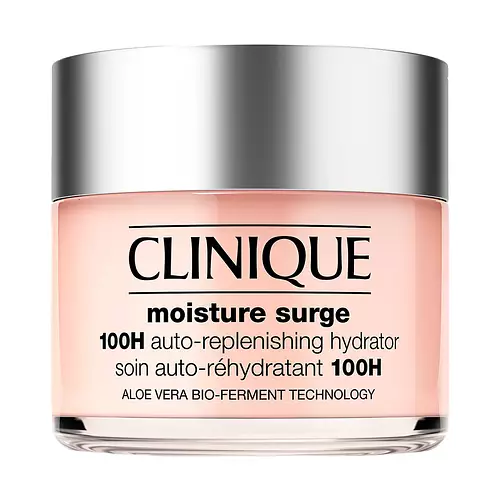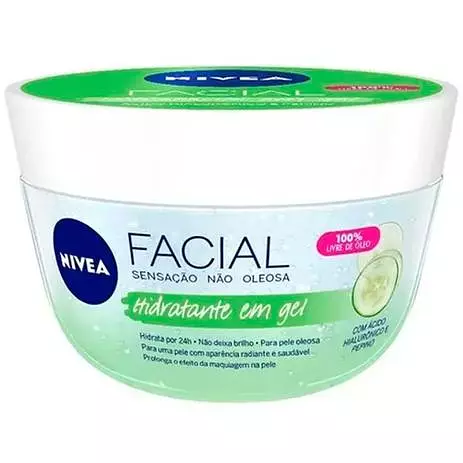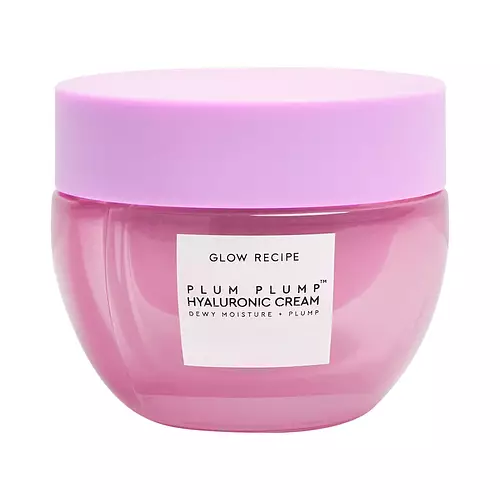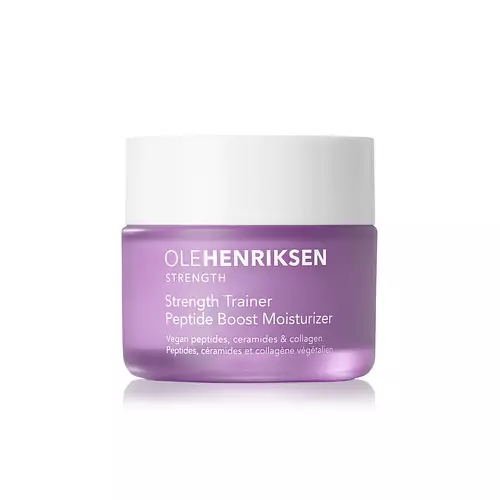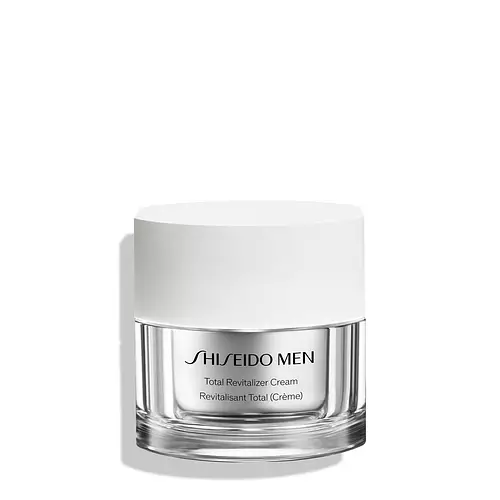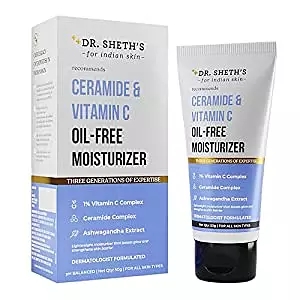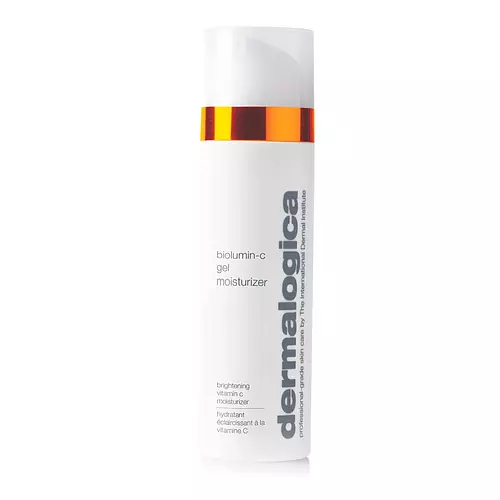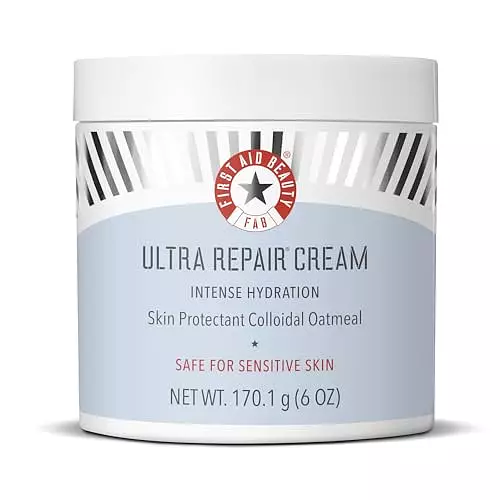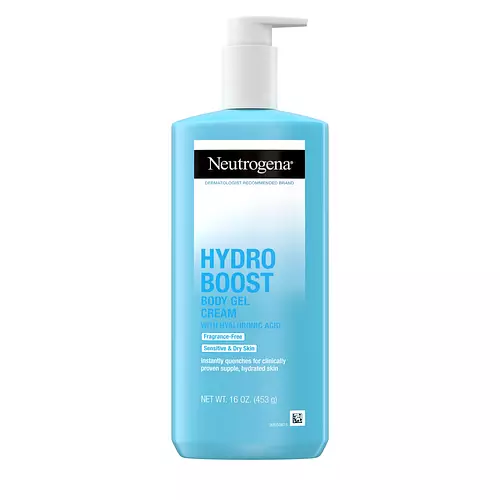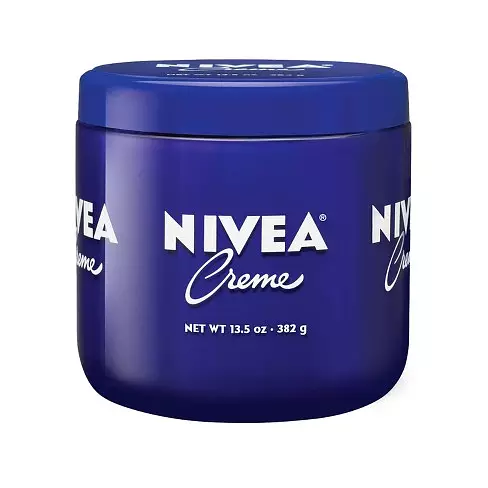Updated on July 18, 2023
Overview
What they are
These products are both reef safe general moisturizers. They have a total of 8 ingredients in common
Cool Features
They both contain hyaluronic acid
Suited For
They're both likely to be good for anti aging, dry skin, brightening skin, reducing pores, dark spots and better texture
Free From
They both do not contain any harsh alcohols, oils, parabens or sulfates
What's Inside
They both contain fragrances
We independently verify ingredients, and our claims are backed by peer-reviewed research. Spot a product that needs an update? Let us know.
Ingredient Info
Clinique Moisture Surge™ 100-Hour Auto-Replenishing Hydrator 43 ingredients
Nivea Hidratante Facial com Ácido Hialurônico 16 ingredients
At a glance
Click on any of the items below to learn more
Clinique Moisture Surge™ 100-Hour Auto-Replenishing Hydrator 43 ingredients
Nivea Hidratante Facial com Ácido Hialurônico 16 ingredients
Notable Ingredients
This product contains 1 ingredient that may have this attribute:
This product contains 1 ingredient that may have this attribute:
This product contains 1 ingredient that may have this attribute:
This product contains 1 ingredient that may have this attribute:
Benefits
This product contains 2 ingredients that may have this attribute:
This product contains 1 ingredient that may have this attribute:
This product contains 1 ingredient that may have this attribute:
This product contains 1 ingredient that may have this attribute:
This product contains 2 ingredients that may have this attribute:
This product contains 1 ingredient that may have this attribute:
This product contains 1 ingredient that may have this attribute:
This product contains 3 ingredients that may have this attribute:
Notable Ingredients
This product contains 1 ingredient that may have this attribute:
This product contains 1 ingredient that may have this attribute:
Benefits
This product contains 1 ingredient that may have this attribute:
This product contains 1 ingredient that may have this attribute:
This product contains 1 ingredient that may have this attribute:
This product contains 1 ingredient that may have this attribute:
This product contains 1 ingredient that may have this attribute:
This product contains 1 ingredient that may have this attribute:
This product contains 2 ingredients that may have this attribute:
Concerns
This product contains 1 ingredient that may have this attribute:
This product contains 1 ingredient that may have this attribute:
This product contains 2 ingredients that may have this attribute:
This product contains 2 ingredients that may have this attribute:
Ingredients Side-by-side
Ingredients Explained
These ingredients are found in both products.
Ingredients higher up in an ingredient list are typically present in a larger amount.
Water. It's the most common cosmetic ingredient of all. You'll usually see it at the top of ingredient lists, meaning that it makes up the largest part of the product.
So why is it so popular? Water most often acts as a solvent - this means that it helps dissolve other ingredients into the formulation.
You'll also recognize water as that liquid we all need to stay alive. If you see this, drink a glass of water. Stay hydrated!
Learn more about WaterGlycerin is already naturally found in your skin. It helps moisturize and protect your skin.
A study from 2016 found glycerin to be more effective as a humectant than AHAs and hyaluronic acid.
As a humectant, it helps the skin stay hydrated by pulling moisture to your skin. The low molecular weight of glycerin allows it to pull moisture into the deeper layers of your skin.
Hydrated skin improves your skin barrier; Your skin barrier helps protect against irritants and bacteria.
Glycerin has also been found to have antimicrobial and antiviral properties. Due to these properties, glycerin is often used in wound and burn treatments.
In cosmetics, glycerin is usually derived from plants such as soybean or palm. However, it can also be sourced from animals, such as tallow or animal fat.
This ingredient is organic, colorless, odorless, and non-toxic.
Glycerin is the name for this ingredient in American English. British English uses Glycerol/Glycerine.
Learn more about GlycerinAmmonium Acryloyldimethyltaurate/Vp Copolymer (let's call it AAVC for short) is a synthetically created polymer. It's used as a film-forming agent and used to thicken the consistency of products.
AAVC is able to increase the consistency and viscosity of products due to its large molecule size. It also prevents ingredients from separating.
Sodium Hyaluronate is hyaluronic acid's salt form. It is commonly derived from the sodium salt of hyaluronic acid.
Like hyaluronic acid, it is great at holding water and acts as a humectant. This makes it a great skin hydrating ingredient.
Sodium Hyaluronate is naturally occurring in our bodies and is mostly found in eye fluid and joints.
These are some other common types of Hyaluronic Acid:
Learn more about Sodium HyaluronatePEG-8 is a synthetic polymer used as a humectant and solvent.
This ingredient is able to help dissolve active ingredients, including water. This gives it humectant properties.
It is soluble in water. The number '8' stands for the molecular weight of the ingredient.
Learn more about Peg-8Potassium Sorbate is a preservative used to prevent yeast and mold in products. It is commonly found in both cosmetic and food products.
This ingredient comes from potassium salt derived from sorbic acid. Sorbic acid is a natural antibiotic and effective against fungus.
Both potassium sorbate and sorbic acid can be found in baked goods, cheeses, dried meats, dried fruit, ice cream, pickles, wine, yogurt, and more.
You'll often find this ingredient used with other preservatives.
Learn more about Potassium SorbateSodium Benzoate is a preservative. It's used in both cosmetic and food products to inhibit the growth of mold and bacteria. It is typically produced synthetically.
Both the US FDA and EU Health Committee have approved the use of sodium benzoate. In the US, levels of 0.1% (of the total product) are allowed.
Sodium benzoate works as a preservative by inhibiting the growth of bacteria inside of cells. It prevents the cell from fermenting a type of sugar using an enzyme called phosphofructokinase.
Sodium Benzoate is the salt of benzoic acid. Foods containing sodium benzoate include soda, salad dressings, condiments, fruit juices, wines, and snack foods.
Studies for using ascorbic acid and sodium benzoate in cosmetics are lacking, especially in skincare routines with multiple steps.
We always recommend speaking with a professional, such as a dermatologist, if you have any concerns.
Learn more about Sodium BenzoatePhenoxyethanol is a preservative that has germicide, antimicrobial, and aromatic properties. Studies show that phenoxyethanol can prevent microbial growth. By itself, it has a scent that is similar to that of a rose.
It's often used in formulations along with Caprylyl Glycol to preserve the shelf life of products.
Ingredient Ratings
Here's what our community thinks of the ingredients in these two products.
When to use
Clinique Moisture Surge™ 100-Hour Auto-Replenishing Hydrator 43 ingredients
Nivea Hidratante Facial com Ácido Hialurônico 16 ingredients

Reviews
Here's what our community thinks
Clinique Moisture Surge™ 100-Hour Auto-Replenishing Hydrator 43 ingredients
miss_dior
Clinique Moisture Surge 100H Auto-Replenishing Hydrator
My skin type: Dry, sensitive, eczema and redness-prone.
How long have I been using it? Two...
Clinique Moisture Surge 100H Auto-Replenishing Hydrator
My skin type: Dry, sensitive, eczema and redness-prone.
How long have I been using it? Two months.
Rating: 4.5 out of 5 stars.
Pros:
- Highly moisturizing, it does exactly what it promises
- Very light, pleasant gel-like texture, absorbs easily into the skin
- Excellent as a makeup base
- Allergy tested and fragrance-free, it did not irritate my sensitive skin. (still smells really nice)
- Contains some really good ingredients, like aloe vera, green tea extract, glycerin, hyaluronic acid and vitamins C and E.
- Non-comedogenic, suitable for all skin types.
- Quite affordable, since a little bit goes a long way.
Cons:
- It may not be hydrating enough for extremely dry and dehydrated skin.
- Not cruelty-free.
- Personally, I do not buy the 100 hours of hydration it supposedly offers. Still a very hydrating product, but this feels more like marketing than anything.
Would I recommend it? Yes, but mostly for normal or combination skin types. Very dry or very oily skin types might need a different product.
Nivea Hidratante Facial com Ácido Hialurônico 16 ingredients
anitititi
Makes my my complexion glowy. Definately for oily skinned people.
The packaging, however, does not appeal to me. Price-wise, I understand why it...
Makes my my complexion glowy. Definately for oily skinned people.
The packaging, however, does not appeal to me. Price-wise, I understand why it was necessary, and all competitors at the same price and volume have the same cheap packaging.
The fragrance is refreshing.
gave it 3 stars because i think i still prefer hada labo hyaluronic lotion on my morning routine.
